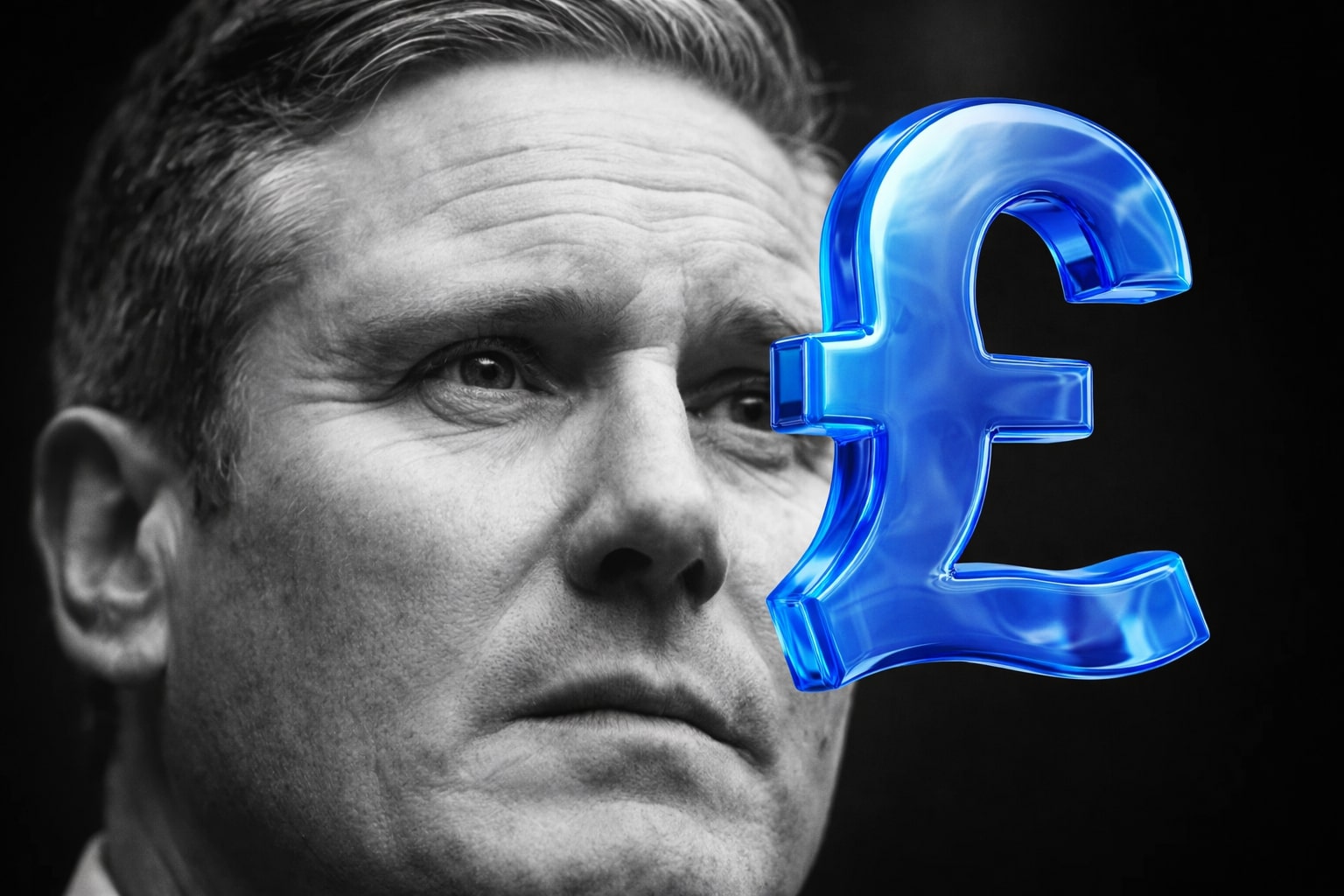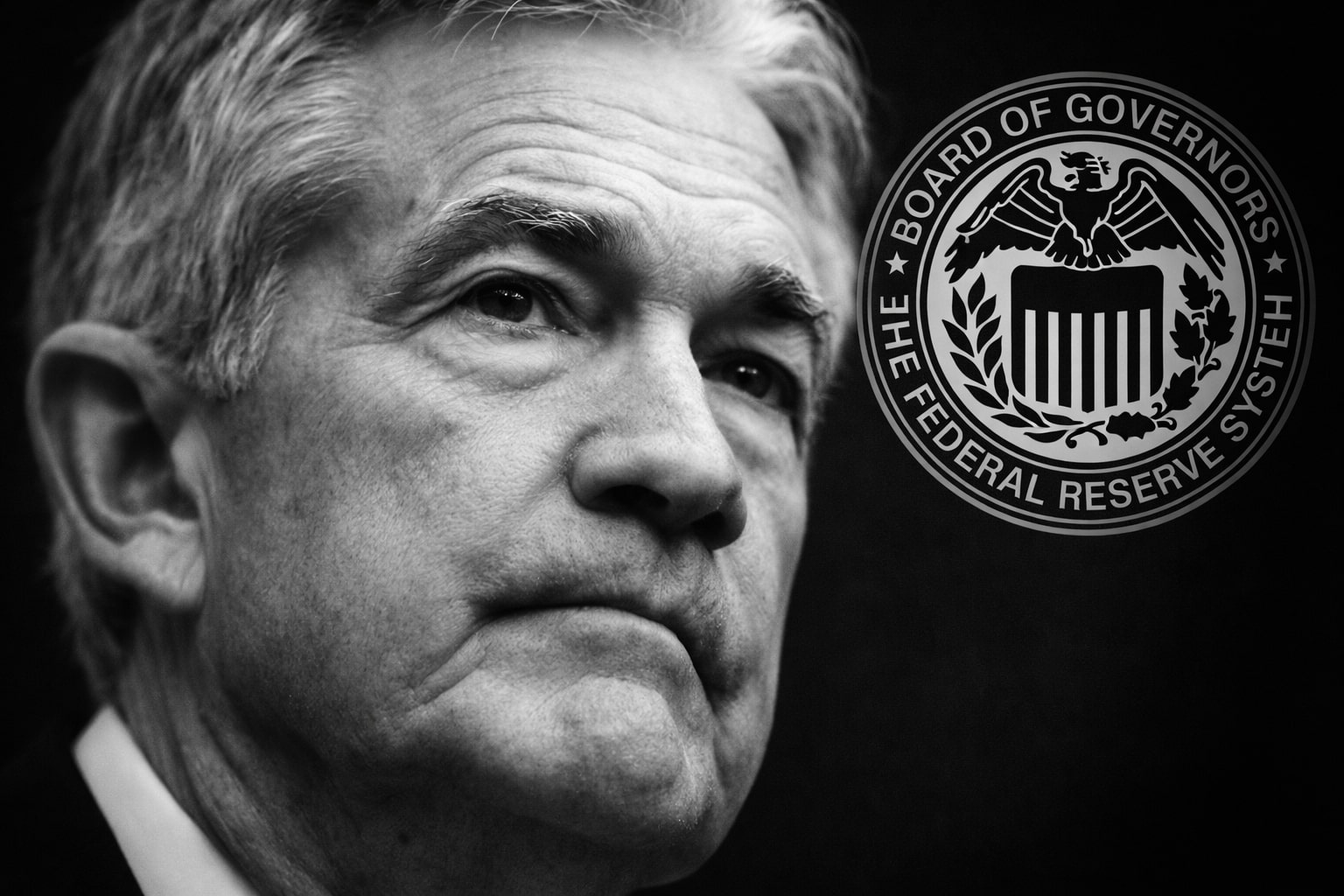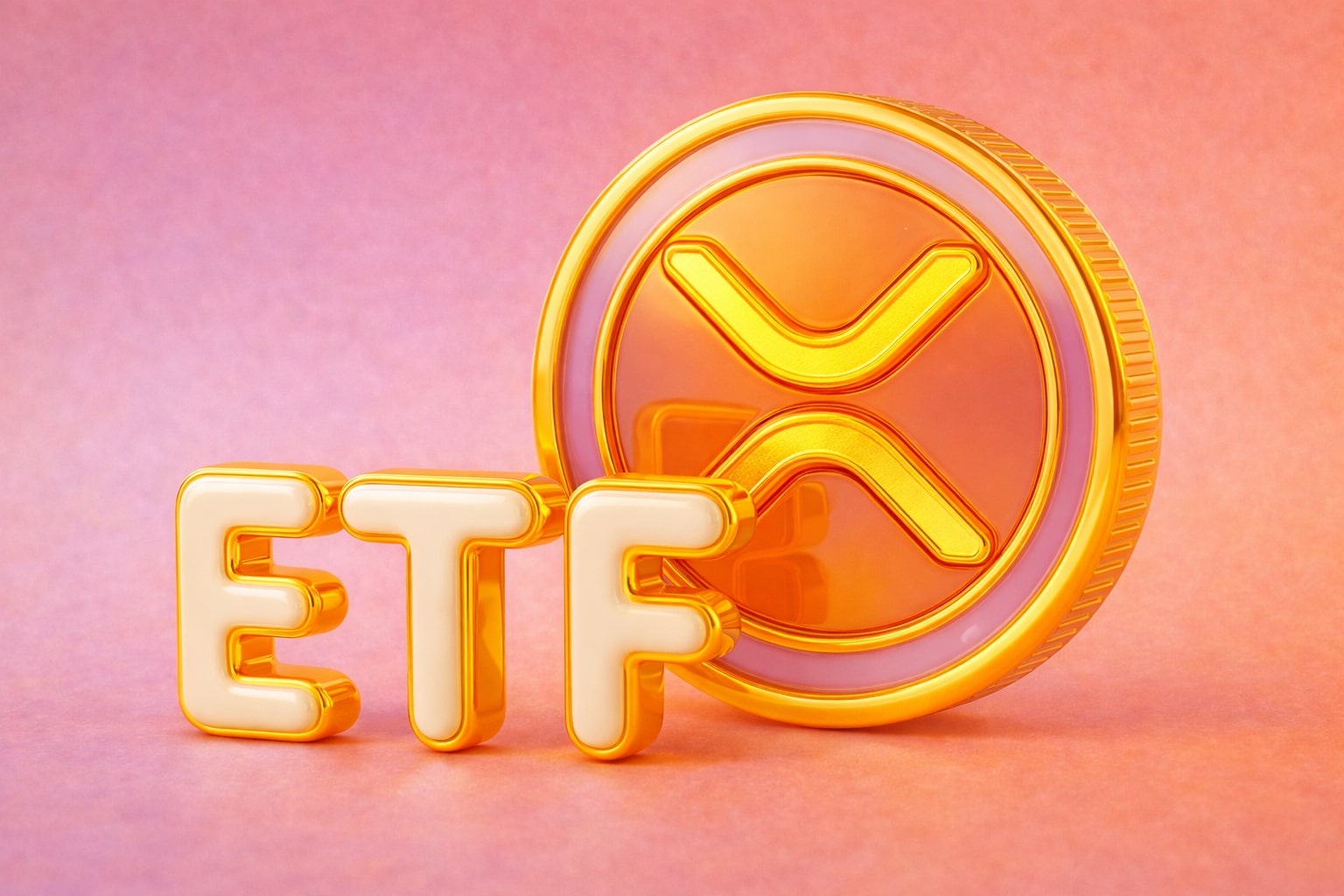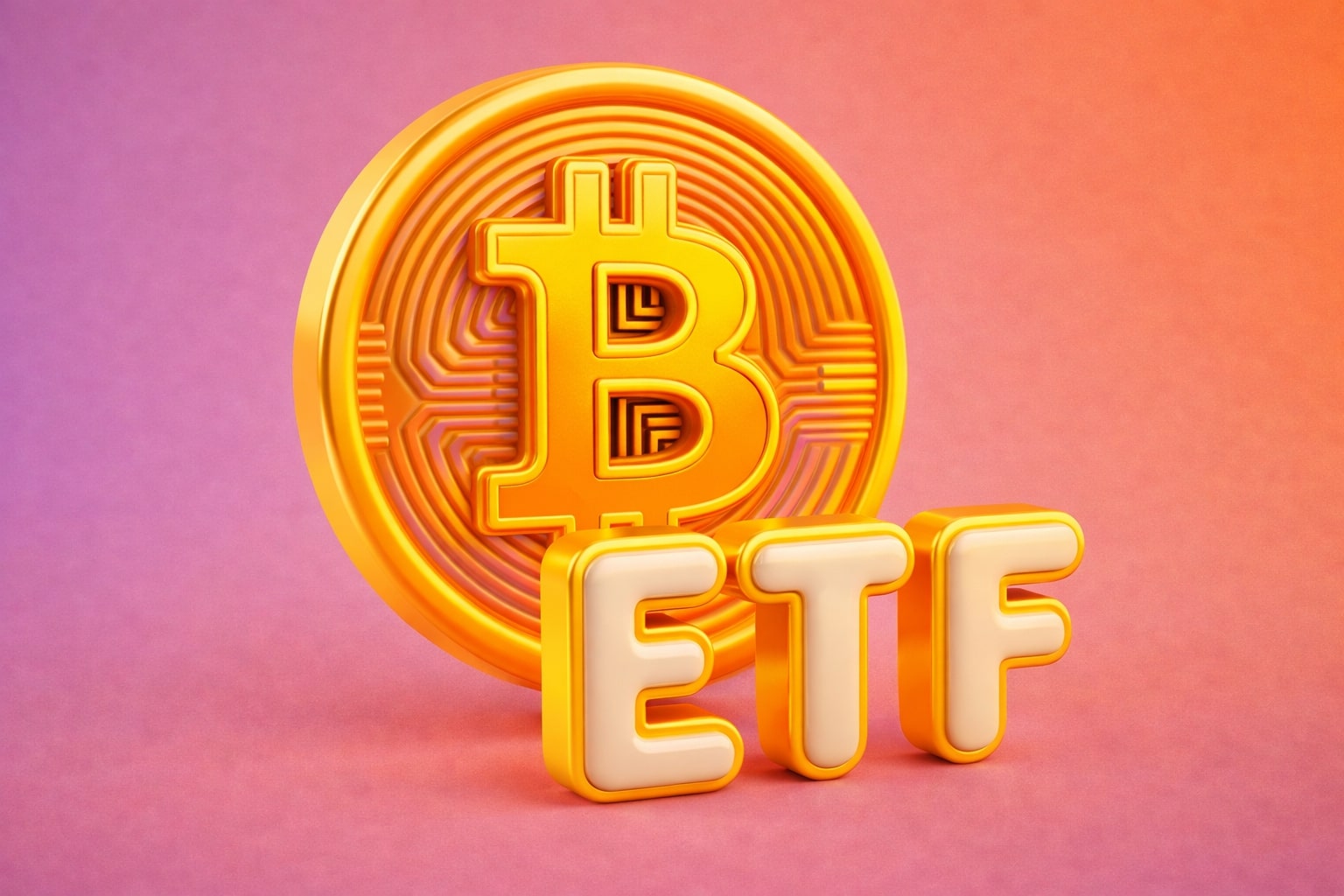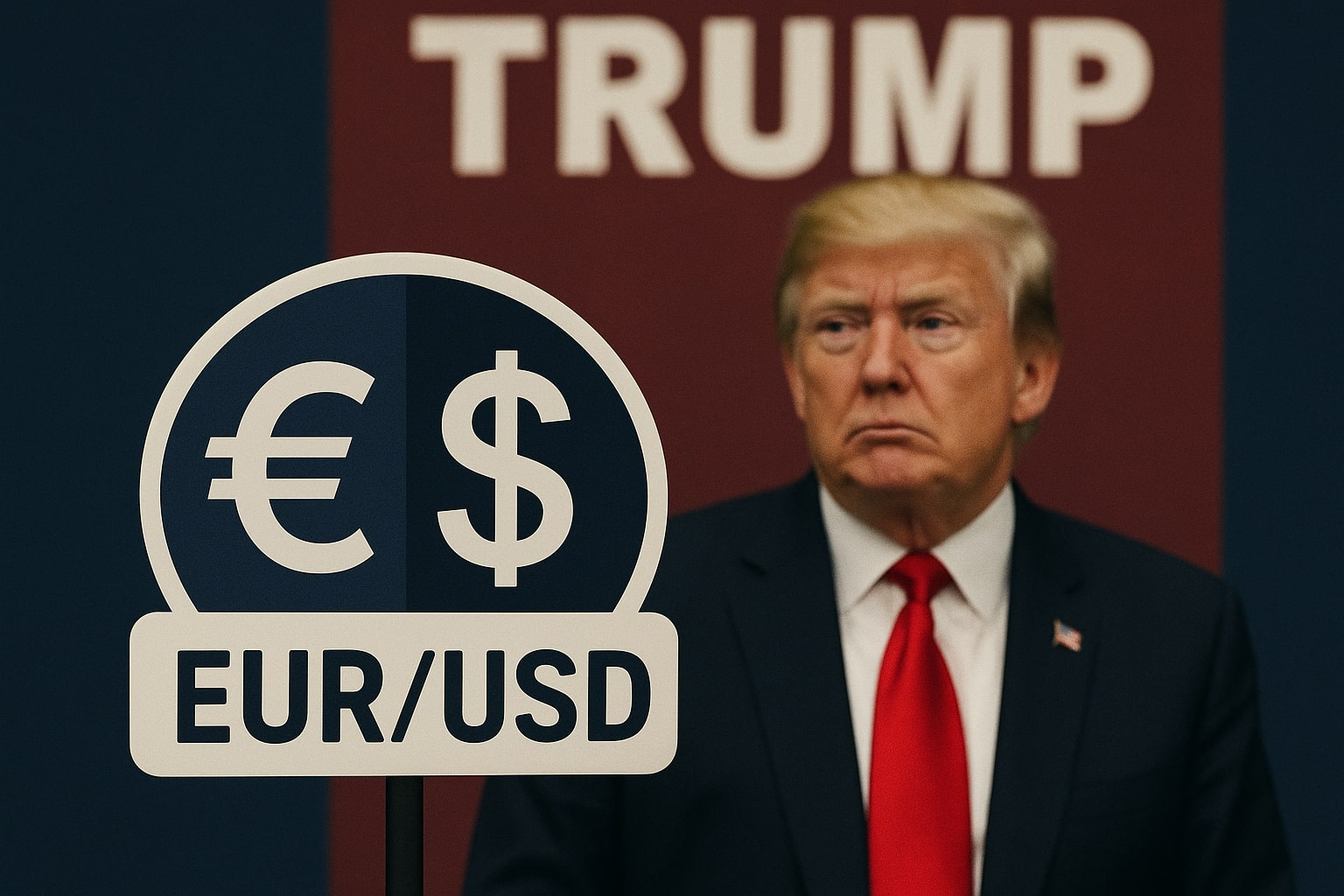
EUR/USD Soars to 1.1420 Amidst Trade Talks and Inflation Data: What Does This Mean for the Euro?
With the US Dollar facing mounting pressure, can EUR/USD continue its bullish momentum, or is a pullback ahead? | That's TradingNEWS
EUR/USD Price Movement Amidst Global Developments
The EUR/USD currency pair has experienced significant movement recently, with the exchange rate climbing above the 1.1400 level, driven by several key global economic developments. As of the latest trading sessions, the pair has been trading near 1.1420, bolstered by positive factors in Europe and uncertainty surrounding the U.S. dollar, particularly influenced by erratic policies from President Donald Trump.
Trump’s Tariff Delays Impact on EUR/USD
The latest boost for the EUR/USD came as President Trump made the decision to extend the deadline for imposing 50% tariffs on European Union (EU) imports until July 9, 2025. This decision came after a constructive phone conversation with European Commission President Ursula von der Leyen, who requested additional time to finalize a trade deal. While earlier in the month, Trump had threatened to slap 50% tariffs on the EU, this extension provided a much-needed reprieve for the Euro, lifting it above the 1.1400 mark during the European trading hours. As of the latest session, EUR/USD was hovering around 1.1420, marking the highest level observed this month.
US Dollar’s Weakened Appeal and Global Uncertainty
The U.S. dollar has faced challenges recently, particularly with increasing doubts about its credibility. These concerns stem not only from the ongoing trade tensions between the U.S. and the EU but also from the political instability surrounding President Trump’s administration. Trump's frequent policy shifts, including threats to remove Federal Reserve (Fed) Chair Jerome Powell and introduce new tax cuts, have contributed to growing fiscal uncertainty. The U.S. Dollar Index (DXY), which tracks the greenback against six major currencies, has been sliding below the critical 99.00 level, signaling weakness for the USD. Investors, wary of further political interference and mounting U.S. debt concerns, are increasingly turning to the Euro as a viable alternative to the greenback, enhancing EUR/USD’s strength. Analysts at ING have highlighted that the Euro continues to benefit from being one of the most liquid alternatives to the dollar, especially as geopolitical and economic risks weigh on the USD.
Eurozone Economic Performance and ECB Outlook
The Eurozone has also shown signs of resilience, particularly in the German economy. The German Q1 GDP data was revised upward to 0.4%, an improvement from the initial 0.2% estimate. This better-than-expected growth has helped ease concerns about a potential economic contraction in the region, despite global uncertainties. The strong performance of the German economy has also improved sentiment within the Eurozone, with traders growing more optimistic about the region's economic prospects in the second half of the year. Additionally, the European Central Bank (ECB) has signaled that inflationary pressures could return to the 2% target this year, leading to market expectations that the ECB may cut interest rates further in its June meeting. ECB official Yannis Stournaras even suggested that a rate cut in June was likely, followed by a pause, which further supported the Euro.
Inflation Data and Central Bank Decisions Impacting EUR/USD
This week, the EUR/USD pair will continue to be influenced by inflation data from both the U.S. and the EU. Investors are particularly focused on the U.S. Personal Consumption Expenditures (PCE) index for April, which will be released alongside the EU’s Harmonized Index of Consumer Prices (HICP) data for May. These inflation reports will be crucial in shaping future expectations for monetary policy, particularly from the U.S. Federal Reserve and the ECB. If inflation data suggests continued pressure on prices, it could influence the Fed’s stance on interest rates, potentially keeping the U.S. dollar under pressure.
Technical Analysis of EUR/USD: A Bullish Short-Term Outlook
From a technical perspective, the EUR/USD pair has demonstrated strong bullish momentum, breaking above its 20-day Exponential Moving Average (EMA), which currently sits at 1.1270. The 14-period Relative Strength Index (RSI) has also risen to near 60, signaling that bulls are in control. A break above the 60.00 level on the RSI could further reinforce the bullish outlook, with the pair eyeing resistance levels at 1.1475, which marked the April high. On the downside, support is expected around the 1.1215 level, where the September 25 high lies.
As EUR/USD tests new highs near 1.1420, traders will be closely watching for any developments in U.S.-EU trade relations, as well as upcoming data releases. A key level to watch is the 1.1437 resistance; a break above this could pave the way for further gains, potentially pushing the pair toward the 1.1526 level.
Monetary Policies and Their Role in EUR/USD Movements
The outlook for EUR/USD remains intertwined with the evolving monetary policies of both the U.S. and the Eurozone. While the ECB is signaling a potential rate cut, which could weaken the Euro, the ongoing challenges faced by the U.S. dollar, including fiscal concerns and the political instability tied to President Trump’s administration, have made the Euro a more attractive alternative. The delay in tariff imposition has allowed the Euro to maintain its strength, but market sentiment could shift if tensions between the U.S. and EU flare up again.
The EUR/USD exchange rate, currently trading at around 1.1420, reflects this delicate balance of geopolitical and economic factors. The next few days will be critical, as inflation data from both the U.S. and the EU could provide the catalyst needed for a decisive move in the currency pair. The ECB's monetary policy decisions, particularly any surprises in June’s rate cut, will also weigh heavily on the pair’s performance.
What’s Next for EUR/USD?
Looking ahead, the question remains: will EUR/USD continue to climb towards new highs, or is it poised for a pullback? With the upcoming economic data releases and the ECB's stance on interest rates, traders will need to stay alert for any changes in sentiment. For now, the Euro seems well-positioned to capitalize on the ongoing uncertainties surrounding the U.S. dollar, but caution is advised as market dynamics can shift quickly, especially with the potential for renewed trade tensions between the U.S. and the EU. The EUR/USD pair continues to be influenced by a mix of economic indicators, central bank policies, and geopolitical factors, making it one of the most closely watched currency pairs in the global markets.
That's TradingNEWS
Read More
-
IVE ETF Near $212: Is This S&P 500 Value Play Still Cheap for 2026?
20.12.2025 · TradingNEWS ArchiveStocks
-
XRP ETFs XRPI at $11.07 and XRPR at $15.76 Power $1.2B Inflows as XRP Fights for $2
20.12.2025 · TradingNEWS ArchiveCrypto
-
Natural Gas Price Forecast: NG=F Tests $3.60 Support as LNG Boom and $5 Henry Hub Calls Build Into 2026
20.12.2025 · TradingNEWS ArchiveCommodities
-
USD/JPY Price Forecast - Pairs Surges After BoJ’s 0.75% Hike as Pair Eyes 161.50 Resistance
20.12.2025 · TradingNEWS ArchiveForex















